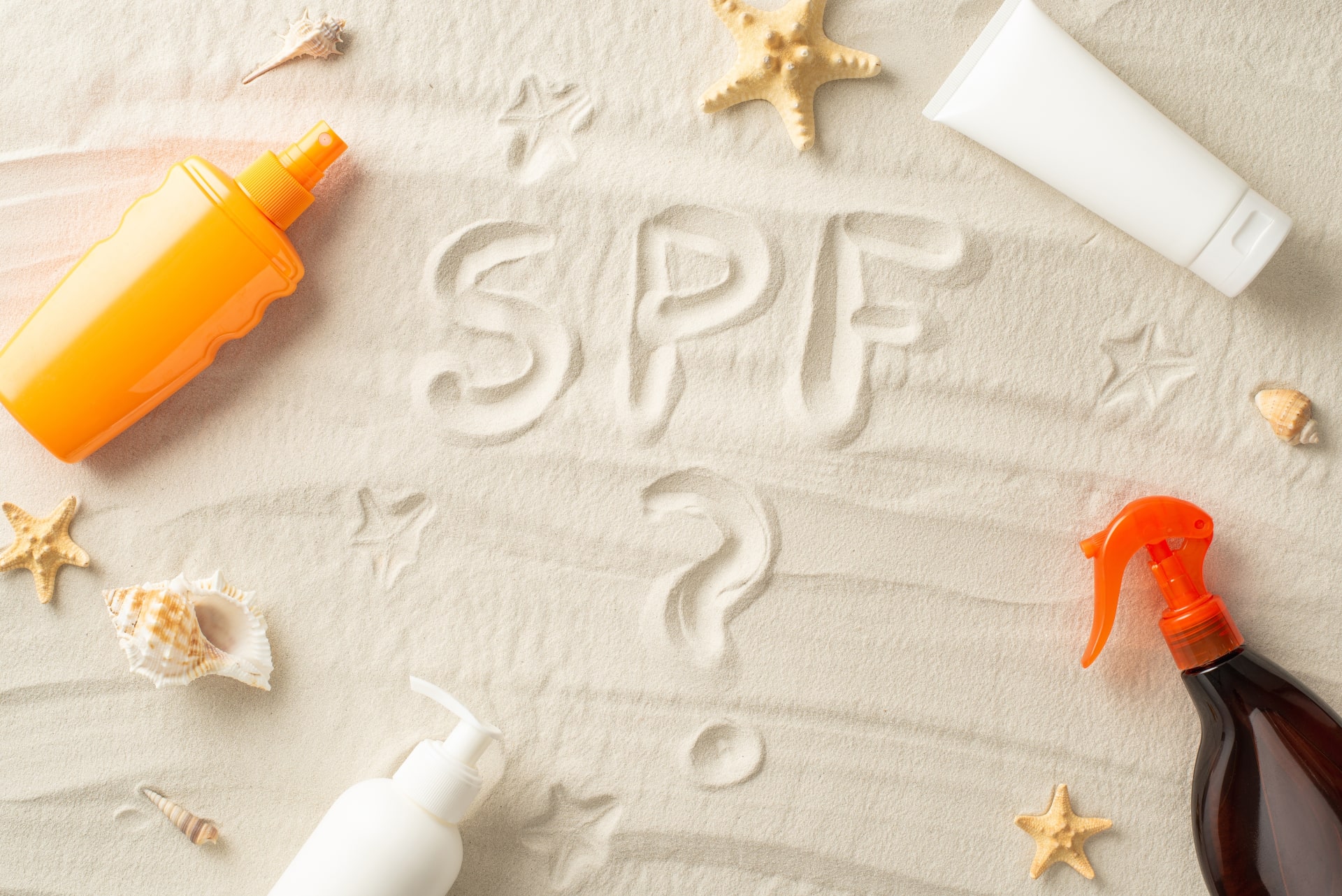Be mindful and practice sun safety!
Skin cancer occurs when skin cells are damaged by ultraviolet (UV) rays from repeated sun exposure and sunburns.
The two most common skin cancers are basal cell carcinoma (BCC) and squamous cell carcinoma (SCC). They are slow-growing and seldom spread to other parts of the body.
These types of cancers often appear on sun-exposed areas of skin. Fortunately, when discovered and treated early, these common skin cancers are usually curable.

Although only one percent of skin cancers are melanomas, they are among the most severe types of skin cancers. Melanoma is fast-growing and more likely to spread than BCC and SCC.
The two most common skin cancers are basal cell carcinoma (BCC) and squamous cell carcinoma (SCC). They are slow-growing and seldom spread to other parts of the body.
Although only one percent of skin cancers are melanomas, they are among the most severe types of skin cancers. Melanoma is fast-growing and more likely to spread than BCC and SCC.
Who can get skin cancer and what are the risks ?
Anyone can get skin cancer, but people with certain characteristics are at greater risk.
Risk factors include:
- A lighter natural skin color
- Skin that burns, freckles, reddens easily, or becomes painful in the sun
- Blue or green eyes
- Blond or red hair
- Certain types and a large number of moles
- A family history of skin cancer
- A personal history of skin cancer
- Older age
- Chronic, non-healing wounds or burn injuries
- Radiation therapy
- Exposure to certain subtypes of human papilloma virus (HPV)
- Being an organ transplant patient on immunosuppressant drugs
What can you do to reduce the risk of getting skin cancer?
- Do regular skin self-exams: An important part of skin cancer prevention and detection is learning to recognize skin changes that may become cancerous and alerting your doctor to any suspicious moles.
- ABCDE rule: Knowing the "ABCDEs" or signs of melanoma, the deadliest type of skin cancer, can help you catch it early when it is most curable.
- A is for Asymmetry
One half of the spot is unlike the other half.
- B is for Border
The spot has an irregular, scalloped, or poorly defined border.
- C is for Color
The spot has varying colors from one area to the next, such as shades of tan, brown or black, or areas of white, red, or blue.
- D is for Diameter
While melanomas are usually greater than 6 millimetres, or about the size of a pencil eraser, when diagnosed, they can be smaller.
- E is for Evolving
The spot looks different from the rest or is changing in size, shape, or colour.
- Say no to tanning beds: Indoor tanning (using a tanning bed, booth, sunbed, or sunlamp to darken the skin) exposes users to high levels of ultraviolet (UV) rays. Over time, too much exposure to UV rays can cause skin cancers, cataracts, and cancers of the eye.
- Practice sun safety. Protection from UV rays is important all year round, not just during the summer. Contrary to popular belief. UV rays can reach you even on cloudy and cool days, and reflect off of surfaces like water, cement, sand and snow.
What to know when applying sunscreen:
- It takes approximately 15 minutes for your skin to absorb the sunscreen and protect you. Remember to reapply your sunscreen every 2 hours or after swimming or sweating.
- Use the “correct” amount of sunscreen. Most adults need about 1 ounce or enough to fill a shot glass to fully cover their body. On the face you can use the 2-finger rule. Rub the sunscreen thoroughly into your skin.
- Do not forget the ears, the top of the feet, and back of the legs.
- Use a “broad spectrum” sunscreen. The words “broad spectrum” on a label indicate that the sunscreen contains ingredients that effectively protect against UVA rays as well as UVB. While UVA and UVB rays differ in how they affect the skin, they both do harm. Unprotected exposure to UVA and UVB damages the DNA in skin cells, producing genetic defects, or mutations, that can lead to skin cancer and premature aging.
- Use the correct SPF (sun protection factor), ideally between 30-50 SPF.
- Use sunprotective clothing such as wide brimmed hats, full sleeved clothing and sunglasses.
- Avoid stepping out during the peak sunny hours.
As always, prevention is better than cure
Reducing your exposure to ultraviolet rays can help keep your skin healthy and lower your chances of getting skin cancer now and in the future.
Most people get at least some sort UV exposure from the sun when they spend time both in and outdoors. Making sun protection an everyday habit will help you to enjoy the outdoors safely, avoid getting a sunburn, and lower your skin cancer risk.
Skin cancer warning signs include changes in the size, shape, and color of a mole or other type of skin lesion, the appearance of a new growth on the skin, or a sore that doesn't heal.
If you notice any spots on your skin that are different from the others, or any changes, itching or bleeding, make sure that you make an appointment with a board-certified dermatologist.
A dermatologist can make individual recommendations as to how often a person needs a skin exam from a doctor based on individual risk factors, including skin type, history of sun exposure, and family history.
Dr. Aishani Shah - Consultant Dermatologist

